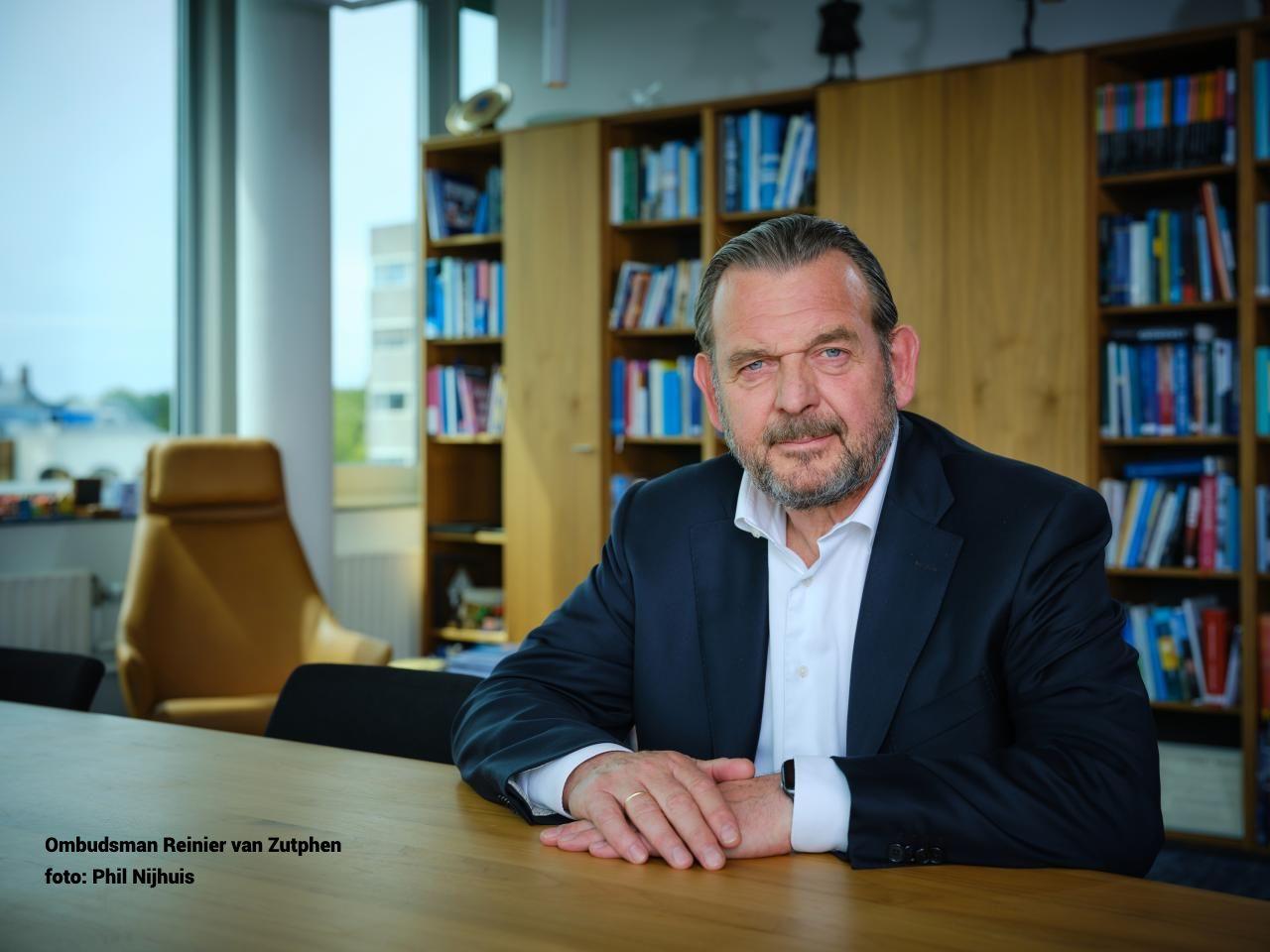- Reduction of electricity costs for industry
- Conditions for industrial sustainability will be improved, including CO2 storage
- Extra measures to solve bottlenecks and expand the power grid faster
- Cabinet is working on possibilities for lower grid tariffs
- Sustainability subsidy SDE++ extended for 2026
Minister Hermans: “With this package, we are taking concrete steps to ensure that our country becomes strong and more independent. Our country becomes strong when we stand on our own feet, with energy from nearby, a strong economy, and a strong industry. To achieve this, I focus on creating the right conditions and removing the bottlenecks. I aim for a clear goal where we do not take measures that turn out to be unfeasible, but look realistically ahead and do what is necessary to achieve that goal together.”
Conditions for sustainability in order
To switch to energy from nearby, reduce dependence on foreign sources, and provide all new homes with electricity, the power grid must be expanded as quickly as possible. Therefore, Minister Hermans, in collaboration with the national grid operator TenneT, is now coming up with a package of measures to expand the power grid faster. By taking more control over the 25 most urgent high-voltage projects, adjusting legislation for shorter procedures, and making area investments in municipalities where much infrastructure for the power grid comes together. Additionally, TenneT will adjust its working methods to speed up projects by over a year.
Resilient and clean industry
The Dutch industry is strong and provides us with much prosperity. It produces our products, jobs, innovation, and independence. But the world is changing rapidly, and our industry is under heavy pressure. Therefore, the cabinet chooses measures to ensure that the industry can make the right investments to become more sustainable faster. The cabinet extends the Indirect Cost Compensation for three years, which reduces high electricity costs for a level playing field with foreign competitors.
The cabinet assumes that companies, due to the measures taken, have sufficient opportunities to invest in sustainability. Therefore, the cabinet gives companies extra time to become more sustainable by adjusting the CO2 tax on this. To keep a stick behind the door in the long term, the cabinet is now taking the option for an extension of the CO2 tax after 2032. The cabinet is open to alternatives and will discuss this with the industry and other stakeholders. Climate neutrality by 2050 remains the primary goal.
The cabinet is investing heavily in capturing and storing greenhouse gases with the CCS project Aramis so that the industry can become more sustainable. The goal is to make an investment decision in 2026, so that underground storage of CO₂ can start from 2030. The cabinet is also helping to reduce financial risks, for example, if less use is made of the infrastructure than expected. €639 million is reserved for EBN, so that this state participation can participate in the infrastructure and storage. This way, the cabinet removes significant risks from the project.
Also, in the transition to circular plastic, the cabinet will adjust its policy. The plastics standard and tax will not proceed in their current form, and a better alternative is being sought. In the field of hydrogen, the cabinet provides clarity for the long term, both to consumers and producers. To stimulate hydrogen production, €2.1 billion is available. To encourage its application in industry, €662 million is available. The cabinet opts for a relatively low mandatory amount of renewable hydrogen of 4%. This makes this obligation more manageable for consumers. Additionally, the refining route for green hydrogen will be adjusted to make it more attractive to use green hydrogen in fuel production.
Continuing with logical measures
To continue encouraging companies to become more sustainable, the Stimulus Scheme for Sustainable Energy Production and Climate Transition (SDE++) will be reopened in 2026 with a budget of €8 billion. The cabinet is also working on developing policies that have not yet been finalized. This includes introducing a mandatory share of green gas and accelerating a CO2-free electricity sector.
In the mobility sector and the built environment, the cabinet also chooses measures that logically connect with what has already been initiated. For example, the cabinet wants to make it easier for people to choose an electric car. By standardizing the business leasing market, it becomes more advantageous for employers to choose an electric car.




